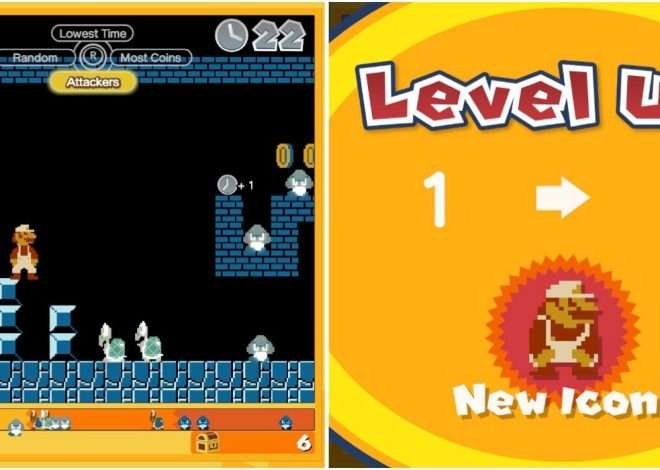Reclaiming the Throne: A Return to Form
The final season of Game of Thrones left many fans feeling betrayed. The rushed pacing, questionable character arcs, and ultimately unsatisfying conclusion sparked widespread outrage. The once-unrivaled fantasy epic had stumbled, its reputation significantly tarnished. Could anything salvage the legacy of this cultural phenomenon? Enter House of the Dragon, a prequel series that aimed to not only recapture the magic of the original but also to heal the wounds inflicted by its predecessor.
House of the Dragon succeeded where Game of Thrones failed in several key areas. Firstly, the pacing was deliberate and well-considered, allowing for character development and intricate plotlines to unfold organically. The show didn’t rush through crucial moments, giving viewers time to connect with the characters and invest in their journeys. This careful pacing allowed for a more satisfying narrative, unlike the frantic finale of the original series. The intricate political machinations, a hallmark of Game of Thrones, returned with a vengeance, offering complex alliances, betrayals, and power struggles that kept viewers on the edge of their seats.
Stronger Character Development
The characters in House of the Dragon felt more fully realized and relatable than some of their counterparts in the later seasons of Game of Thrones. The central conflict, the Dance of the Dragons, provided a compelling backdrop for exploring themes of ambition, betrayal, and the corrosive effects of power. The show explored the complexities of its characters, showcasing their strengths and weaknesses, their motivations and vulnerabilities. This created characters that were not just pawns in a larger game but individuals with their own desires, fears, and ambitions.
Unlike the rushed character arcs in the later seasons of Game of Thrones, House of the Dragon took the time to establish character relationships and motivations. This allowed for more nuanced performances from the actors, enhancing the overall quality of the show. The relationships between Rhaenyra Targaryen and Daemon Targaryen, Otto Hightower and Alicent Hightower, and even the more minor characters added layers of depth and complexity to the narrative.
The Power of a Well-Told Story
Beyond the improved pacing and character development, House of the Dragon benefited from a more cohesive narrative. The story was clearly defined, with a central conflict that drove the action forward. Unlike Game of Thrones, which sometimes felt fragmented in its later seasons, House of the Dragon maintained a strong sense of focus, allowing the story to build to a satisfying climax (at least for the first season).
Attention to Detail
The meticulous attention to detail was another key factor in House of the Dragon’s success. From the costumes and set designs to the dragon effects and fight choreography, everything felt meticulously crafted and visually stunning. This commitment to quality elevated the show beyond mere fantasy spectacle, creating an immersive and believable world. The production design was exquisite, capturing the grandeur and brutality of the Targaryen dynasty. The dragons, a crucial element of the Game of Thrones universe, were rendered with impressive realism, enhancing the visual spectacle.
Addressing the Criticism: Learning from Mistakes
The creators of House of the Dragon seemed to have learned from the mistakes of Game of Thrones’ final season. They prioritized a well-paced narrative, strong character development, and a cohesive storyline. They avoided the pitfalls of rushed storytelling and convoluted plotlines that plagued the original series in its later stages. The show felt like a return to the core elements that made Game of Thrones so popular in the first place.
This wasn’t simply a matter of replicating the formula; it was about refining it, addressing criticisms, and delivering a product that met the expectations of long-time fans. House of the Dragon felt respectful of the source material while also forging its own distinct identity. The show managed to capture the essence of what made Game of Thrones great, while simultaneously avoiding the mistakes that led to its downfall.
Beyond the Screen: A Cultural Impact
The success of House of the Dragon extends beyond mere critical acclaim. The show revitalized interest in the Game of Thrones universe, proving that the franchise still held significant cultural weight. It demonstrated that a well-executed prequel could not only satisfy existing fans but also attract new viewers to the world of Westeros. The show’s popularity sparked renewed discussions about the original series, prompting a reassessment of its strengths and weaknesses. This has had a positive impact on the overall legacy of Game of Thrones.
The Legacy Continues
House of the Dragon’s success is a testament to the power of good storytelling. It showcased that even after a disappointing conclusion, a franchise can be revived with careful planning, attention to detail, and a commitment to quality. It restored faith in the Game of Thrones universe and proved that even tarnished legacies can be salvaged with a return to the fundamentals: compelling characters, a gripping narrative, and exceptional production values.
- Stronger character development
- Improved pacing
- Cohesive storyline
- Exceptional production values
The show’s impact is undeniable. It reignited the passion for the world of Westeros, proving that the franchise still holds immense power. The lessons learned from House of the Dragon are valuable, not just for fantasy series, but for all forms of storytelling: Listen to your audience, learn from your mistakes, and never underestimate the power of a well-crafted narrative.
The meticulous attention to the details, from costumes to set designs and the realism of the dragons, contributed greatly to the show’s overall success. The series avoided the pitfalls of its predecessor, and in doing so, not only managed to entertain but to restore a sense of faith in the franchise.
House of the Dragon, through its superior execution, has successfully revived the tarnished legacy of Game of Thrones. It is a testament to the enduring power of compelling storytelling, strong characters and the importance of learning from past mistakes. The show’s remarkable success has breathed new life into a beloved franchise, securing its place within the pantheon of iconic fantasy television.
- A return to core Game of Thrones elements.
- Addressing criticisms of the original show.
- Creating a more cohesive and satisfying narrative.
- Demonstrating the power of well-executed prequels.
Ultimately, House of the Dragon’s success is a lesson for all storytellers: meticulous planning, strong character development, and a commitment to quality can overcome previous setbacks and restore faith in even the most damaged of legacies. It demonstrates the power of learning from past mistakes and the potential for redemption, both on screen and off.
The show’s impact resonates far beyond the realm of fantasy television. It is a reminder that even after significant setbacks, a well-executed project can not only recover but thrive; The journey from the controversial ending of Game of Thrones to the triumphant success of House of the Dragon is a compelling case study in how to revitalize a beloved franchise and re-engage an audience.
The careful pacing, the intricate plotting, the rich character development and the breathtaking visuals all contributed to the show’s success. It’s a powerful example of how a sequel can not only surpass expectations but also redeem a previously tarnished legacy. The impact of House of the Dragon extends beyond the realm of fantasy, serving as a potent reminder of the importance of attentive storytelling and the power of redemption.



